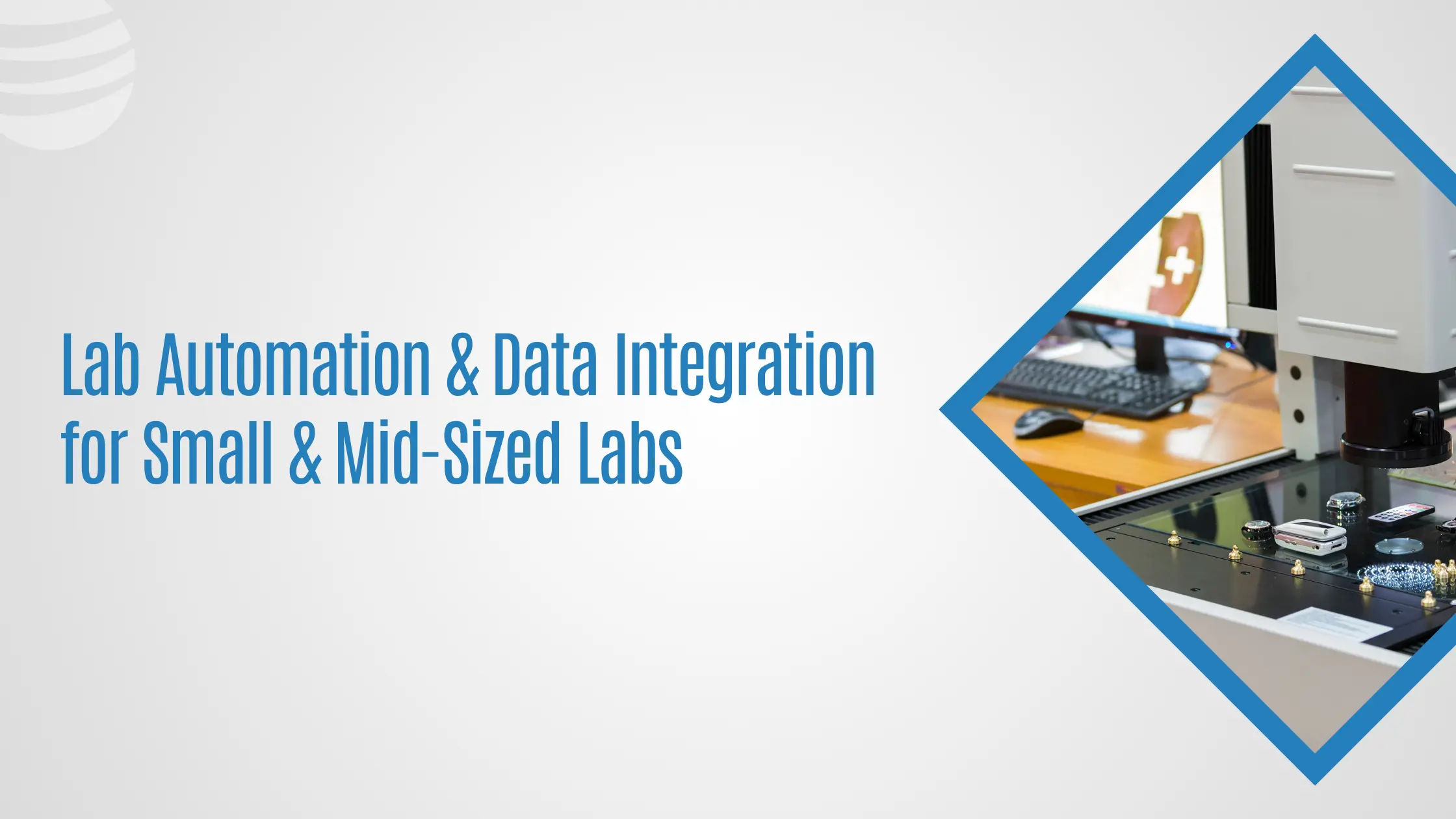What is a LIMS, and what are its key features?
Sample tracking refers to the ability of a LIMS to track samples throughout the laboratory workflow, from receipt through analysis and storage. This tracking can be performed using barcodes, RFID tags, or other unique identifiers. Data management refers to the ability of a LIMS to store and organize information generated by laboratory experiments. This data can include results from the analysis, metadata about samples and experiments, and protocols used. Process automation refers to the ability of a LIMS to automate laboratory processes. This can include tasks such as:
- Sample preparation
- Pipetting
- Data analysis
- Report generation
How can a LIMS help streamline laboratory operations?
What are some common uses for LIMS in the clinical setting?
How does a LIMS help ensure quality control in the laboratory?
What are some benefits of using LIMS in the clinical laboratory?








